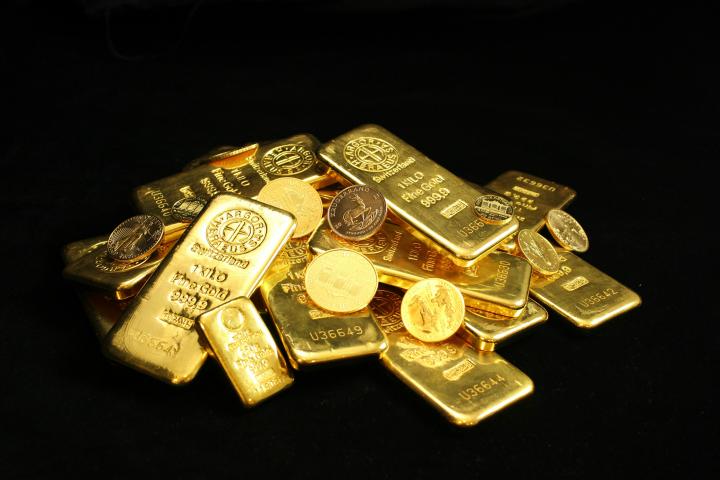
Assets in gold ETFs and ETCs have more than doubled worldwide in just two years, rising from nearly 200 to 439 billion dollars. “In the current gold rally, these instruments have gained significant momentum.”
Over the past twelve months, their share in the overall investment market has also increased markedly. While the gold price surged by more than 40 percent during that period, the market size of gold ETFs and ETCs expanded by 66 percent, according to data from the World Gold Council.
In the recent gold price rally—from 3,000 dollars per troy ounce (31.1 grams) in April this year to 3,700 dollars now—these indirect vehicles for buying gold played a dominant role. With an ETF (and its European equivalent, the ETC), investors do not take physical possession of gold. Instead, the ETF provider purchases the gold in its own name and stores it with a bank or another institution. In this way, some 3,744 tonnes of gold are currently held on behalf of ETF/ETC investors, according to the latest World Gold Council figures. That represents almost 8 percent of the total stock of gold in bars and coins, estimated by the Council at 48,000 tonnes.
Providers of gold ETFs note that in recent years investors often sold their ETF holdings into rallies, but that trend shifted this year. At the peak in April (around Trump’s “Liberation Day”) and again in recent weeks, investors have increasingly turned to ETFs, with existing holders adding to their positions.
Net inflows into gold ETFs in 2025
According to Paul Syms, head of ETF product management for fixed income and commodities at Invesco, the momentum is unmistakable. “Several trends are converging right now, and one of them is that investors are becoming more aware of the advantages of an ETF compared to buying physical gold,” he told Investment Officer.
Rising government debt
Invesco offers one of Europe’s largest gold ETCs, which currently holds around 26 billion dollars. Other major providers in Europe include Blackrock, Amundi and Pictet. In the US, the market is more concentrated, with State Street’s gold ETF playing a dominant role. That fund manages around 115 billion dollars in gold, more than a quarter of the global total.
Macro-economic trends and geopolitical uncertainty are fuelling demand for gold, Syms added. “Inflation in the US remains high, and concerns are mounting over rising government debt in developed economies. There is growing doubt about how this issue can be resolved, and it is precisely that doubt which drives investors towards gold. As a diversification tool, investors ‘flee’ into the safety of a commodity.”
Concerns over wealth preservation
ETFs and ETCs are becoming increasingly popular because their costs are lower than buying, storing, and insuring physical gold. “And investors can also use ETCs to speculate on future price moves,” Syms noted.
But competitors argue there are downsides. “With an ETC, you can never take delivery of the gold,” said Reinout Bogert, director at gold trading firm Doijer & Kalff, in an interview with Investment Officer.
For many gold investors, he believes this remains crucial. “Uncertainties and risks are only growing worldwide, and our clients are concerned about preserving their wealth. When push comes to shove, they want to have access to the actual gold.”
Doijer & Kalff, which stores clients’ gold in Switzerland, saw demand quadruple in August compared with June and July.
“The value of established investment categories has eroded further in recent months,” Bogert explained. “High inflation combined with low interest rates means saving yields nothing. I also hear from entrepreneurs who are selling real estate and investing the proceeds in gold. In the past two to three months we have also seen clients scaling back equity portfolios and stepping into gold. Not to speculate, but as a structural choice for horizons of five to fifteen years.”